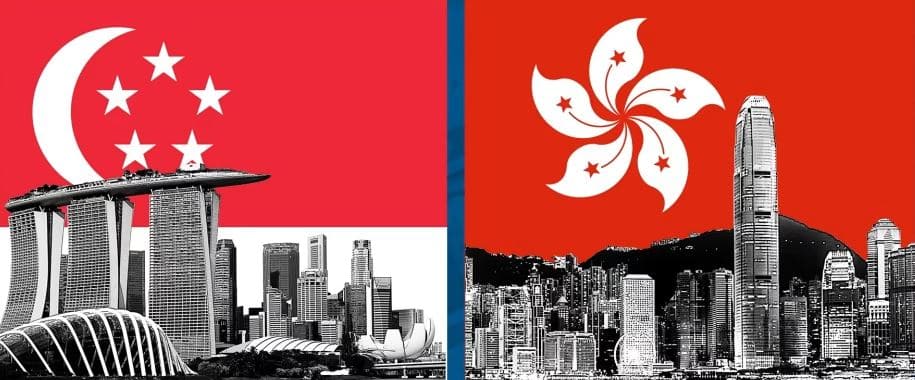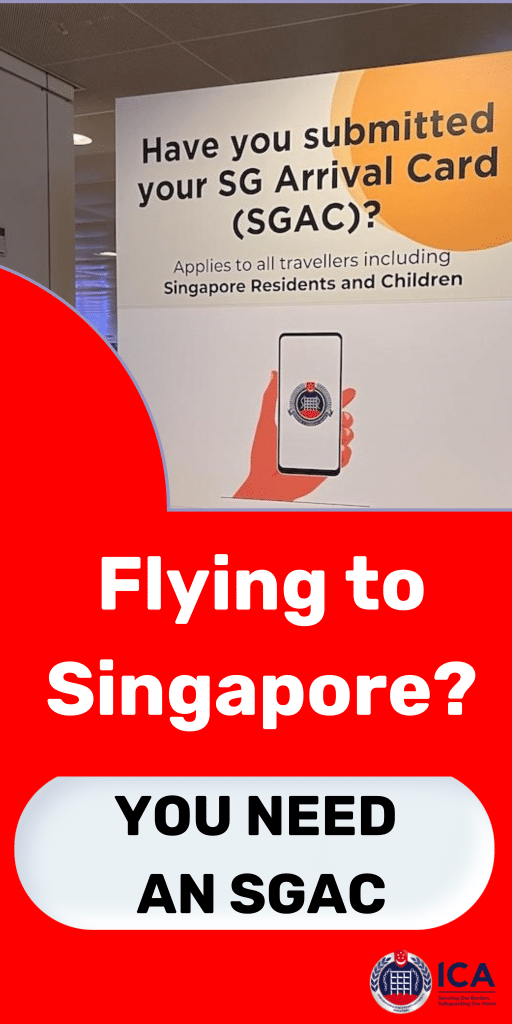Singapore and Hong Kong are two of Asia’s great financial and business hubs. As former British colonies, they share similarities but have diverged in governance and policies. Evaluating their comparative strengths and weaknesses offers insights into alternative policy models for small, resource-scarce economies seeking to be globally competitive.
This article compares key aspects of Singapore and Hong Kong – their economies, political systems, social policies, external relations and futures. It highlights the pros and cons arising from their differing approaches.
Economic Models: State-Led Versus Laissez-Faire Capitalism
A key divergence lies in economic ideologies. Singapore favoured more state-driven development through industrial planning, state-linked companies and statutory boards. Government-linked companies like DBS, SingTel and SIA helped spearhead sectors from banking to aviation.
Development charges and taxes fund infrastructure development. Hong Kong exemplifies laissez-faire with minimal state enterprise or intervention. Its port and airport are private entities. Low taxes attract business, while light regulations aid flexibility.
Both models drove growth and homegrown MNCs, but Singapore possibly better harnessed government coordination. However, Hong Kong’s free wheeling economy may have greater vibrancy too.
Trade and Investment: Regional Versus Global Focus
Early on, Singapore pivoted exports towards global markets to overcome its small domestic base. State schemes like local content programmes promoted international partnerships. It aggressively courted MNCs with incentives. Hong Kong concentrated more on China trade leveraging its geographical proximity. It became the gateway for China’s reform era growth.
However, CEPA and Belt and Road have since boosted Singapore’s regional linkages. Meanwhile, Hong Kong is also diversifying from overdependence on China. Their complementarity makes cooperation mutually beneficial.
Financial Hubs: Comprehensive Finance Centre Versus Pure Capital Markets
Singapore aimed to be a full-fledged financial centre spanning banking, insurance, private banking and capital markets. Government-led mergers like DBS strengthened local banking. Private banking manages Asian wealth. Its equity, debt and derivatives markets enjoy robust activity.
However, Hong Kong edges out in stock market capitalisation and IPO funds raised through laissez-faire policies. As pure capital markets, Hong Kong has advantages. But Singapore also offers breadth across financial services for sector resilience.
Innovation: Applied Technology Versus Pure Research
Hong Kong boasts world-class research universities like HKUST and HKU that top global rankings. Its academic research excels in fields like life sciences. Singapore historically emphasised applied technology tailored to industry needs through bodies like A*STAR.
But major investments in basic research at universities and the Campus for Research Excellence now seek to bridge this gap. Startup ecosystems are also growing in both. Translating research into innovations for commercialisation remains a mutual challenge.
Political Systems: Centralised Democracy Versus Decentralised Autonomy
Singapore practices a Westminster parliamentary system with dominant single party rule. This enables long-term strategic policymaking unencumbered by partisan politics.
However, civil liberties are restricted. Hong Kong has historically enjoyed autonomy and civil freedoms like free speech under ‘One Country, Two Systems’. But legislature gridlocks between pro-Beijing and opposition camps impedes governance. Centralisation facilitates cohesive decision-making in Singapore, but risks groupthink. Hong Kong’s messy democracy empowers citizens but delays decisions.
Social Policies: Pragmatism Versus Liberalism
On social policies, Singapore leans more pragmatic with an emphasis on trade-offs. Public housing makes home ownership affordable but with ethnic integration rules. Compulsory retirement saving balances welfare with individual responsibility.
Universities are world-class but school streaming is contested. Hong Kong provides greater direct welfare like universal health insurance and cash handouts. But laissez-faire also worsens inequality. Singapore tries balancing social support with market discipline. However, welfare gaps may test social cohesion.
Foreign Relations: Neutral Balancing Versus Pro-West Stance
Singapore conducts ‘omni-enbalancing’ relationships with both Western powers like the US and China through defence ties and economic partnerships respectively. It aims to maximise autonomy by avoiding over-alignment.
Hong Kong’s foreign policy is dictated by China. However, its civil society favours Western liberal ideals. With US-China rivalry sharpening, Hong Kong faces growing identity tensions between East and West. Singapore steers a cautious middle path between the great powers.
Vulnerabilities: Small Population Versus Overdependence on China
With low birth rates, Singapore faces acute demographic constraints from its small population of 5.7 million citizens and PRs. It relies heavily on immigration and foreign labour that could dilute national identity. Meanwhile, Hong Kong’s 7.5 million population has few natural growth concerns.
However, its economic dependence on China leaves it exposed to policy shifts in Beijing. Mitigating overconcentration on China is as important for Hong Kong as boosting fertility is for Singapore.
Trade-offs: Social Controls Versus Civic Freedoms
The two cities also differ on social trade-offs. Singapore favours more community-first paternalism. Social controls from ethnic quotas to bans on chewing gum aim to prioritise collective interests.
However, Hong Kong prizes individual freedoms. Unfettered expression and lifestyles thrive, though also enabling ills like oligopolies. At times, Singapore may over-regulate society while Hong Kong’s liberty crosses into unbridled license. Getting this balance right remains challenging.
Opportunities: ASEAN Connectivity Hub Versus Greater Bay Area Finance Centre
Looking ahead, Singapore aims to be an connectivity and services hub between ASEAN and the world. Major infrastructural investments create economic ecosystems for the region. Meanwhile, Hong Kong eyes an ambitious role as the financial centre for China’s Greater Bay Area integrating Hong Kong, Macau and Guangdong into an economic powerhouse.
Which vision materialises depends much on external factors like regional stability and Beijing’s policies. The two hubs could also complement one another to serve broader Asian growth.
Conclusion: Different Strokes for Different Folks
Singapore and Hong Kong each have unique strengths but also inevitable trade-offs. There is no one superior model. Singapore offers lessons on long-term economic planning and social governance for sustainable development.
But Hong Kong exemplifies the dynamism of free markets and vibrant civil society. Applying best practices while avoiding pitfalls from both models can inspire emergent cities worldwide. Their shared heritage, complementary economies and Asian values can also undergird greater collaboration between the Lion and Fragrant Harbours.

Goh Jun Cheng is the chief staff writer for SingaporeAirport.com. Jun Cheng graduated with a degree in journalism from Nanyang Technological University in Singapore.
He has over 5 years of experience writing about aviation, tourism, and lifestyle topics relevant to locals and visitors in Singapore. His articles provide insights into the rich culture, cuisine, and attractions of Singapore. Jun Cheng is an avid traveler who has visited over 15 countries.
When he is not writing or traveling, he enjoys photography, trying new foods, and hiking. As a longtime Singapore resident, Jun Cheng is passionate about sharing hidden gems and perspectives about his home country.




